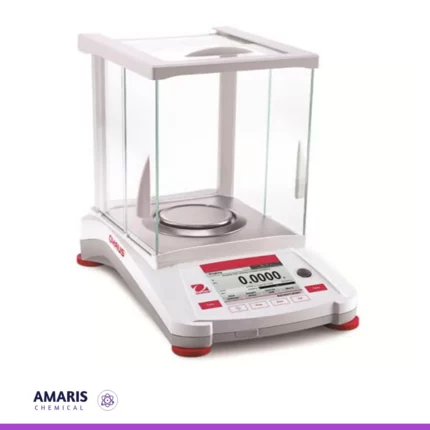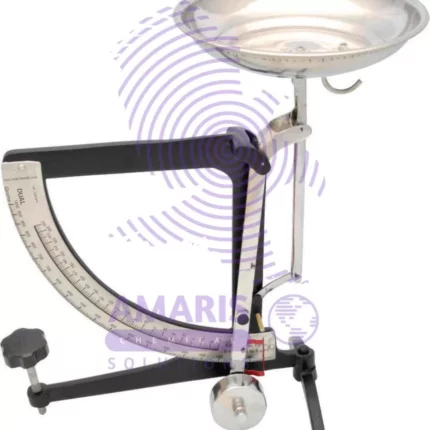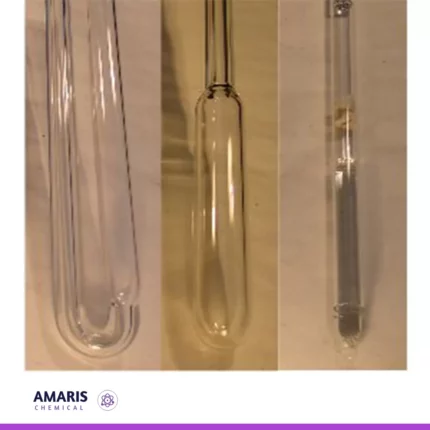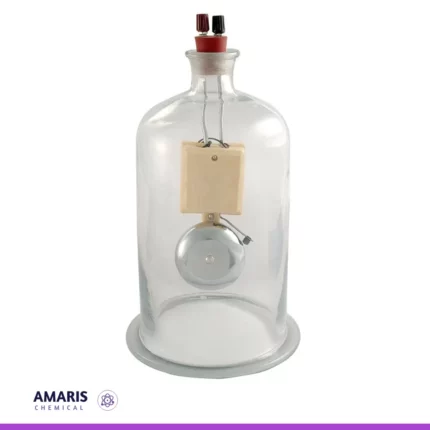

Glass rod for static electricity
$440.00 Original price was: $440.00.$240.00Current price is: $240.00.
A glass rod is a smooth, cylindrical object made from high-quality glass, typically around 30–50 cm in length and about 1–2 cm in diameter. It serves as an excellent conductor of static electricity due to its ability to gain or lose electrons when rubbed with materials like silk or wool. This charging process results in a positive charge on the glass rod, making it ideal for various electrostatic experiments.
When used in demonstrations, the glass rod can attract lightweight objects such as bits of paper or small pieces of plastic, illustrating the principles of electrostatics. It is commonly employed in educational settings to teach concepts such as charge transfer, electric fields, and electrostatic forces, making it a fundamental tool for understanding static electricity.
Uses of Glass rod for static electricity
- Electrostatic Charging:
When a glass rod is rubbed with a cloth (often silk), it becomes positively charged due to the transfer of electrons from the glass to the cloth. This phenomenon demonstrates the principles of static electricity and charge transfer.
- Electroscope Testing:
Glass rods can be used to charge an electroscope. When the charged rod is brought near the electroscope, it can cause the leaves of the electroscope to diverge, demonstrating the presence of an electric charge.
- Demonstration of Electrostatic Forces:
Glass rods can be used to attract or repel small pieces of paper, plastic, or other lightweight materials, allowing for a visual demonstration of electrostatic forces.
- Creating Electric Fields:
In more advanced experiments, glass rods can be utilized to create uniform electric fields when placed between two charged plates, helping to study the behavior of charged particles in an electric field.
- Polarization of Materials:
When a glass rod is charged and brought close to certain materials, it can induce polarization, causing the materials to exhibit a temporary separation of charges.
- Charging Other Objects:
The glass rod can also be used to transfer its charge to other materials, enabling experiments that show how charges can be transferred and how different materials interact with static electricity.



 LABORATORY EQUIPMENT & APPARATUS
LABORATORY EQUIPMENT & APPARATUS
 Fertilizers
Fertilizers Plant Growth Regulators
Plant Growth Regulators Soil Conditioners
Soil Conditioners Animal Feed Additives
Animal Feed Additives Biostimulants
Biostimulants Dough Conditioners
Dough Conditioners Flour Treatments
Flour Treatments Fat Replacers
Fat Replacers Preservatives (baking)
Preservatives (baking)
 Surfactants (cleaning)
Surfactants (cleaning) Builders
Builders Bleaching Agents
Bleaching Agents Enzymes
Enzymes Solvents (cleaning)
Solvents (cleaning) Fragrances
Fragrances





















Reviews
There are no reviews yet.